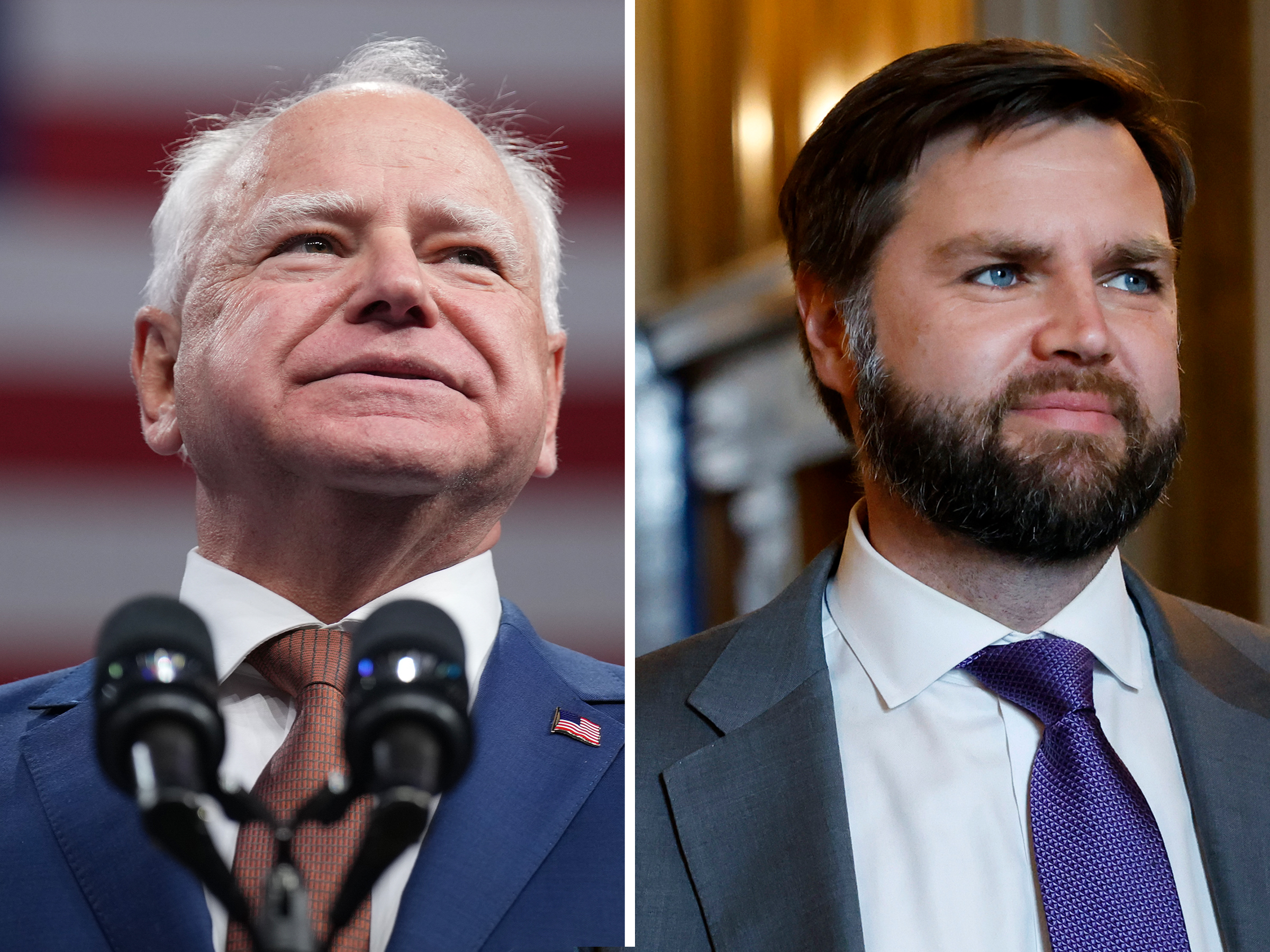In less than eight weeks, millions of Americans will head to the polls to cast their votes for the next president of the United States. At a time when conservative lawmakers have attempted to slash nationwide cultural funding, the coming election cycle appears to be poised as a critical moment in the future of the country’s expanding arts and culture sector. In 2022, the industry made up $1.1 trillion of the United States’s gross domestic product, representing a nearly 5% increase in economic activity from the previous year.
The arts and culture track records of the presidential candidates are well known. Before Joe Biden’s presidency, Donald Trump’s time in office was marked by a string of repeated attacks on the arts consisting of funding cuts, legislative rollbacks, and a reversal of civil liberties. Likewise, Kamala Harris’s platform has been in the public eye for some time, due to her position in Biden’s cabinet and her former board trustee title at the San Francisco Museum of Modern Art.
The positions of their running mates, Minnesota Governor Tim Walz and Ohio Senator JD Vance, are less familiar.
Since being elected to Congress in 2022, Vance has largely concentrated his efforts on advancing anti-migrant policies and opposing reproductive rights. But in December, he introduced the Consequences for Climate Vandals Act — a bill that proposes raising penalties against environmental protesters charged with damaging property at the National Gallery of Art, the Smithsonian museums, the Kennedy Center, and other institutions. The legislation would increase the maximum prison sentence from five to 10 years.
“There should be no tolerance for the vandalization of our historic works of art,” Senator Vance said in a statement at the time.
On the other side of the ring is Walz, a Nebraska-born former high school educator and military veteran whose gubernatorial tenure has been supportive of arts and culture projects in Minnesota. The state is notably a national leader in state arts funding in part due to Minnesota’s Legacy Amendment — a constitutional measure passed by voters in 2008 to raise the state’s sales tax to fund clean water, parks and trails, outdoor heritage preservation, and public arts initiatives.
“Although it didn’t initially pass underneath him, it’s an amendment that has to be defended and protected,” Sarah Fossen, executive director of the state arts advocacy organization Minnesota Citizens for the Arts, told Hyperallergic.
“That amount of money is something that can be alluring to politicians and others who want to fund other projects, and [Walz] has been really supportive of maintaining the funds for arts and cultural organizations,” Fossen added.
This past May, Walz approved a nearly $240 million investment under the 2024 Legacy bill, which distributes this money across the State Arts Board, the Minnesota Historical Society, the regional library system, and the state reserves. This decision follows previous capital support commitments, such as a 2023 omnibus legacy bill that allocated $820.8 million toward outdoor heritage preservation from 2024 to 2025, and efforts like the 10-year Minnesota Statewide Historic Preservation Plan.
Neither campaign has published an official arts plank at this time. Inquiries sent to representatives for the two major parties and third-party and independent candidates, as well as Walz and Vance’s current offices, went unanswered.

